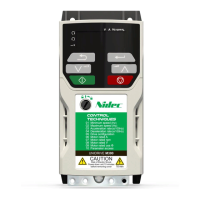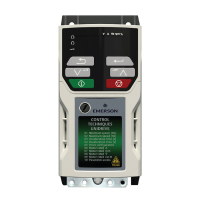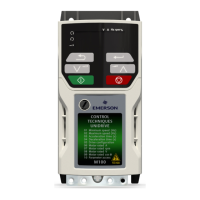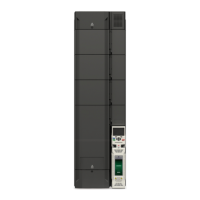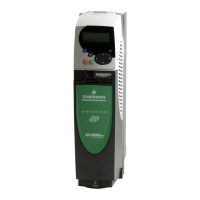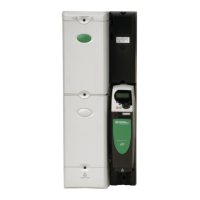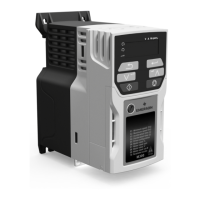SI-Ethernet User Guide 189
Issue: 1
Safety
information
Introduction
Mechanical
installation
Electrical
installation
Getting started Parameters
Key features
and Protocols
PC Applications Security Diagnostics
Glossary of
terms
Index
11 Glossary of terms
Address: This is the unique network identification given to a networked device to allow
communication on a network. When a device sends or receives data the address is
used to determine the source and the destination of the message.
ADU: Application Data Unit. The complete Modbus message frame (ADU) consists of
the Modbus Application Protocol (MBAP) and Protocol Data Unit (PDU).
Assembly object: A software component within the Ethernet interface which allows
access to the parameters within the drive or which allows control and monitoring of the
drive by using the EtherNet/IP protocol.
Attribute: A sub-division of a Class which uniquely identifies a specific command.
e.g. The VendorID is an attribute of the Identity object class.
Used in conjunction with the Class and Instance properties.
Auto-crossover detection: A method used to automatically detect if a crossover or
non-crossover network cable is connected.
Bit: A binary digit, this may have the value of 1 or 0.
Byte: A collection of 8 binary digits that collectively store a value. This may be signed or
unsigned.
Class: A collection of properties which allow the control or monitoring of a device. Used
in conjunction with the Instance and Attribute properties.
Consistency: A method of ensuring that the data transferred over the network is
transmitted as a single entity, thus preventing data skew when multiple bytes are
transmitted.
Control word: A collection of binary digits that are used to control the drive. Features
typically include directional controls, run controls and other similar functions.
Crossover lead: A network cable where the terminal connections at one end of the
cable are connected straight through to the other end with the exception of the data pair
which are transposed. Normally used to connect two network devices together as a
separate network.
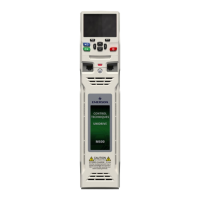
